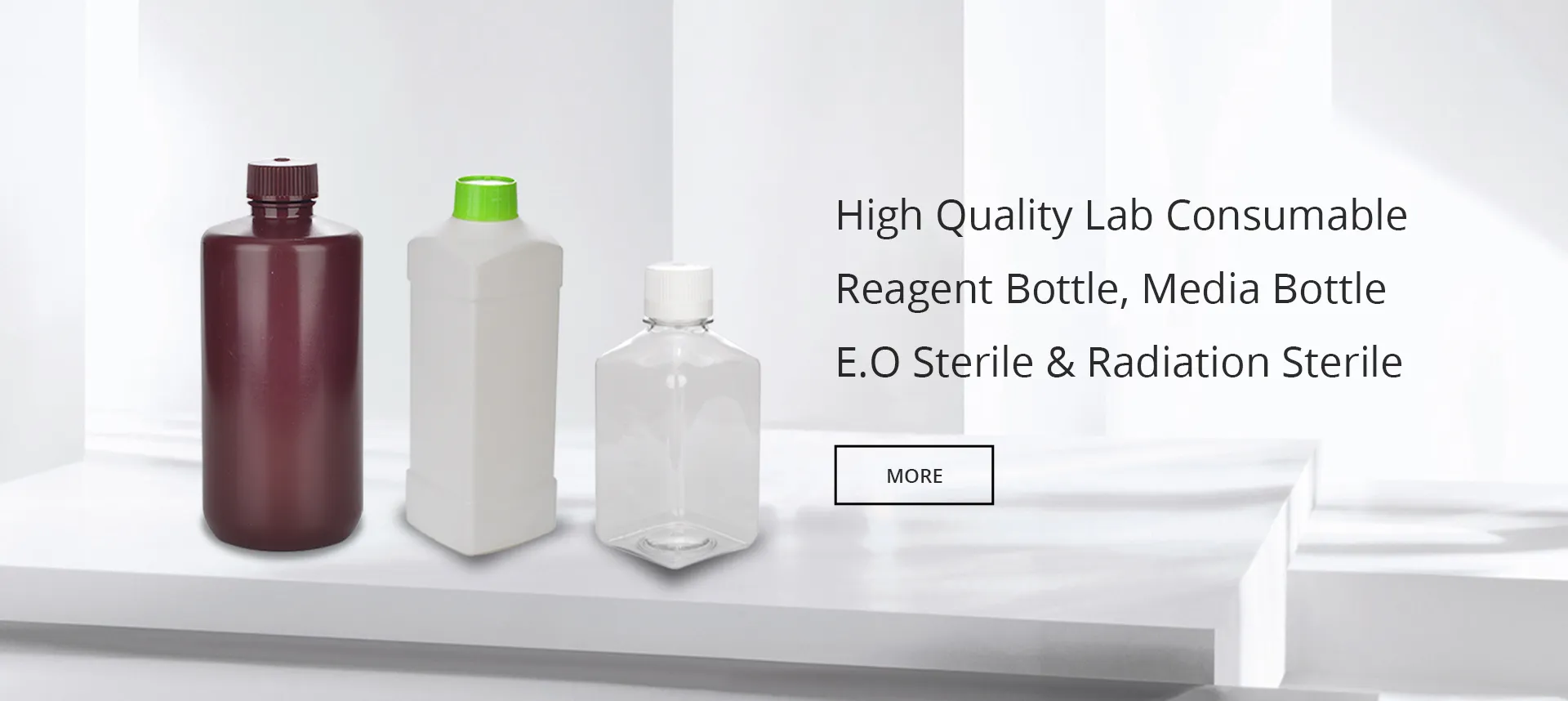Liquid medication container for convenient and safe storage of pharmaceutical solutions
The Essential Role of Medicine Liquid Bottles in Healthcare
In the diverse world of healthcare, the importance of proper medication delivery cannot be overstated. Among the various forms of packaging used for pharmaceuticals, medicine liquid bottles are particularly significant. These bottles serve not just as containers but as pivotal tools in ensuring the safe, effective, and efficient administration of liquid medications. Understanding their design, function, and impact on patient care is crucial for anyone involved in the medical field.
Design and Functionality
Medicine liquid bottles are specifically designed to accommodate the unique properties of liquid medications. They are usually made from materials that provide a barrier to moisture and light, helping to preserve the integrity of the contents. Common materials include high-density polyethylene (HDPE) and glass, each offering distinct advantages. While glass bottles are inert and can provide a higher level of protection against external factors, plastic bottles are often lighter and less prone to breakage, enhancing their usability in various settings.
The design of these bottles also includes features that facilitate dosing and administration. Many come equipped with child-resistant caps, ensuring that accidental ingestion by children is minimized. Additionally, the inclusion of dropper inserts, measuring cups, or syringes allows for precise dosing, critical for effective treatment outcomes. The labeling on these bottles is also paramount, providing essential information such as the name of the medication, dosage instructions, expiration dates, and storage conditions. This information is crucial not only for healthcare professionals but also for patients and caregivers.
Impact on Patient Care
The role of medicine liquid bottles extends beyond mere containment; they significantly influence patient care and safety
. Proper medication administration is vital in achieving the desired therapeutic outcomes, and the design of liquid bottles can directly affect this process. For instance, a well-designed dispensing mechanism can prevent waste and ensure accurate dosing, both of which contribute to the efficacy of the treatment.medicine liquid bottle

Moreover, the clear visibility of the liquid inside the bottle allows for easy monitoring of the medication, helping patients and caregivers assess the remaining dosage. This transparency can foster adherence to medication regimens, as patients can visually track their usage. Additionally, by providing comprehensive information directly on the packaging, these bottles play a critical educational role, empowering patients to understand their treatment better.
Regulations and Standards
Given their pivotal role in healthcare, medicine liquid bottles are subject to strict regulatory oversight. Regulatory bodies, such as the U.S. Food and Drug Administration (FDA) and the European Medicines Agency (EMA), enforce guidelines to ensure the safety and effectiveness of pharmaceutical packaging. These regulations stipulate standards for materials, manufacturing processes, and labeling practices, all of which aim to protect patients and ensure the delivery of high-quality medications.
Manufacturers are also encouraged to adopt sustainable practices in the production of liquid bottles. The growing awareness of environmental issues has led to innovations in packaging design, such as the use of recycled materials and the development of eco-friendly disposal methods. These practices not only benefit the environment but also resonate with a growing consumer preference for sustainable products.
Future Trends
As technology advances, the future of medicine liquid bottles appears promising. Innovations such as smart packaging are emerging, integrating electronic elements that can monitor medication usage and send reminders to patients, thus enhancing adherence. Furthermore, advances in nanotechnology might lead to improved materials that can offer enhanced protection against contamination and degradation, ensuring the potency of liquid medications over time.
In conclusion, medicine liquid bottles are far more than simple containers; they are integral components of the healthcare delivery system. Through their thoughtful design, they enhance medication safety, improve patient outcomes, and support regulatory compliance. As the healthcare landscape continues to evolve, the importance of these bottles will likely grow, solidifying their position as essential tools in modern medicine.
-
Aesthetic Makeup Spray Bottles | Fine Mist Empty RefillableNewsAug.19,2025
-
White Plastic Veterinary Vaccine Vials | Lab Liquid BottlesNewsAug.18,2025
-
Plastic Medicine Liquid Bottle: Secure Flip Top Drug VialsNewsAug.17,2025
-
Durable 250ml Blue Plastic Vaccine Vial for Lab & Vet UseNewsAug.16,2025
-
Sterile Virus Sample Tubes: Secure & Reliable Specimen CollectionNewsAug.15,2025
-
White 250ml Plastic Vaccine Vial for Lab & Vet MedicineNewsAug.14,2025
























